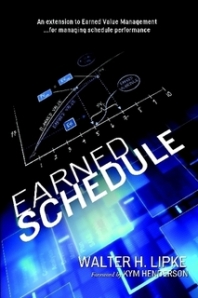 The venerable Cost Estimating and Assessment Guide (Cost Guide) has been updated for the first time since 2009! Published in March, the 2020 version of the Cost Guide has been significantly improved.
The venerable Cost Estimating and Assessment Guide (Cost Guide) has been updated for the first time since 2009! Published in March, the 2020 version of the Cost Guide has been significantly improved.
Some of the changes include:
- Better alignment of best practices, cost estimate characteristics, and cost estimating steps
- Clarification of some of the best practices and their related criteria
- Additional content in technical appendixes and revision or deletion of others
- Update case studies and references to USA government legislation and rules
- Modernization of the Cost Guide’s format and graphics.
The Cost Guide defines the four characteristics of a good estimate: comprehensive, well documented, accurate, and credible. It also incorporates 18 best practices and shows how the best practices align to the four characteristics. Additionally, it introduces the 12 steps of the cost estimating process that produce reliable estimates, and shows how the best practices align with the 12 steps.
Earned Value Management (EVM) remains central to the Cost Guide’s approach to managing the delivery of a project once the estimate is approved.
As with the previous version, the Guide can be downloaded free of charge from: https://www.gao.gov/products/GAO-20-195G
For more on cost management see:
https://mosaicprojects.com.au/PMKI-SCH-040.php


